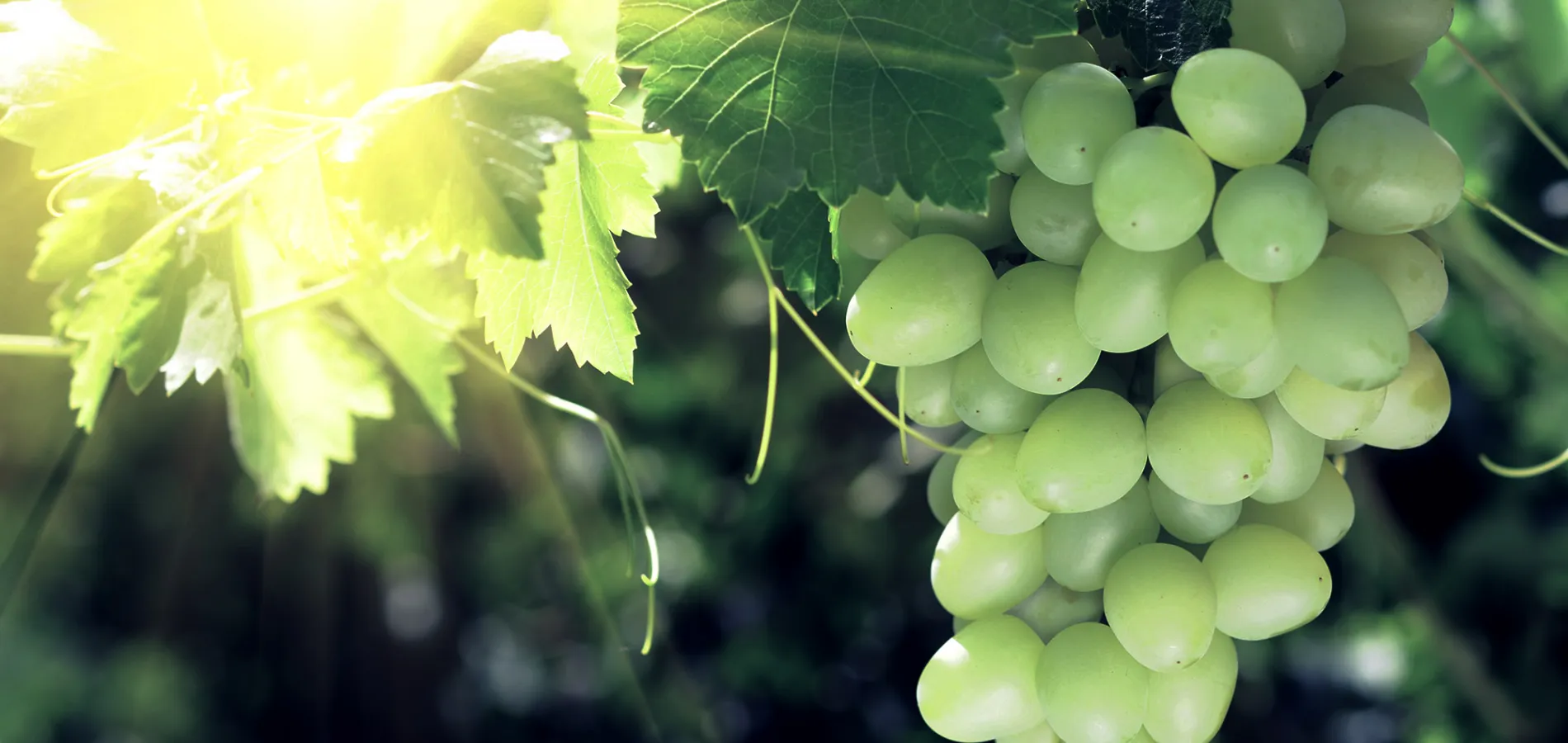
Grapes (Tables)
Reaching higher quantities and better quality with a correct fertilization and biostimulation program

Your browser is no longer supported
Our website does not support the Microsoft Internet Explorer any more. Please choose a modern browser. We suggest: